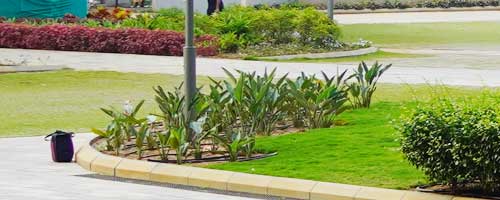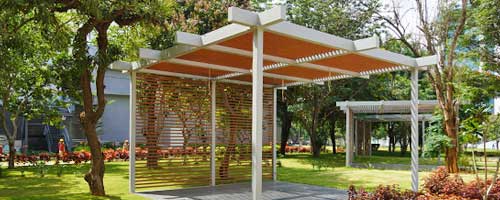





Tree transplanting is the process of relocating a tree from one location to another. It is commonly practiced in landscaping, forestry, and conservation efforts to enhance aesthetic appeal, improve ecological balance, or rescue trees from development areas. Successful transplanting requires careful planning and execution to ensure the tree’s survival and continued growth after relocation.

Professionals evaluate both the origin and destination sites to determine the feasibility of transplanting the tree.

Selecting plant species and materials that provide visual interest through color, form, and texture throughout different seasons.

Reflecting local heritage, traditions, and values in landscape designs, creating spaces that tell stories and foster community identity.

Safely move the tree to the new location, ensuring that the root ball remains intact and moist.
Tree transplanting is a valuable practice that promotes sustainability, enhances landscapes, and contributes to urban ecology. Terrgreenaria has facing many challenges in tree transplanting.

Trees may experience shock after being moved, resulting in wilting, leaf drop, or stunted growth due to the disruption of their root systems. Supporting the tree with proper care can mitigate this.

Improper excavation techniques can lead to root damage, negatively affecting the tree’s ability to absorb water and nutrients.

If the new soil conditions are drastically different, it can hinder the tree’s growth. Adding soil amendments or fertilizers may be necessary to help acclimatize the tree.

Extreme temperatures or drought can make establishing a transplanted tree more difficult. Taking seasonal weather into account during planting and providing protective measures can help.


